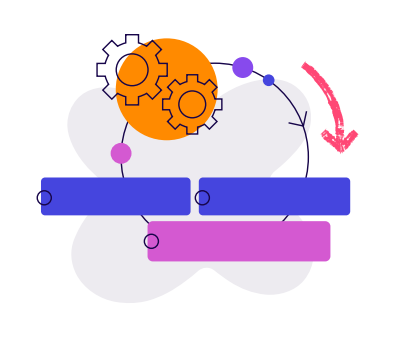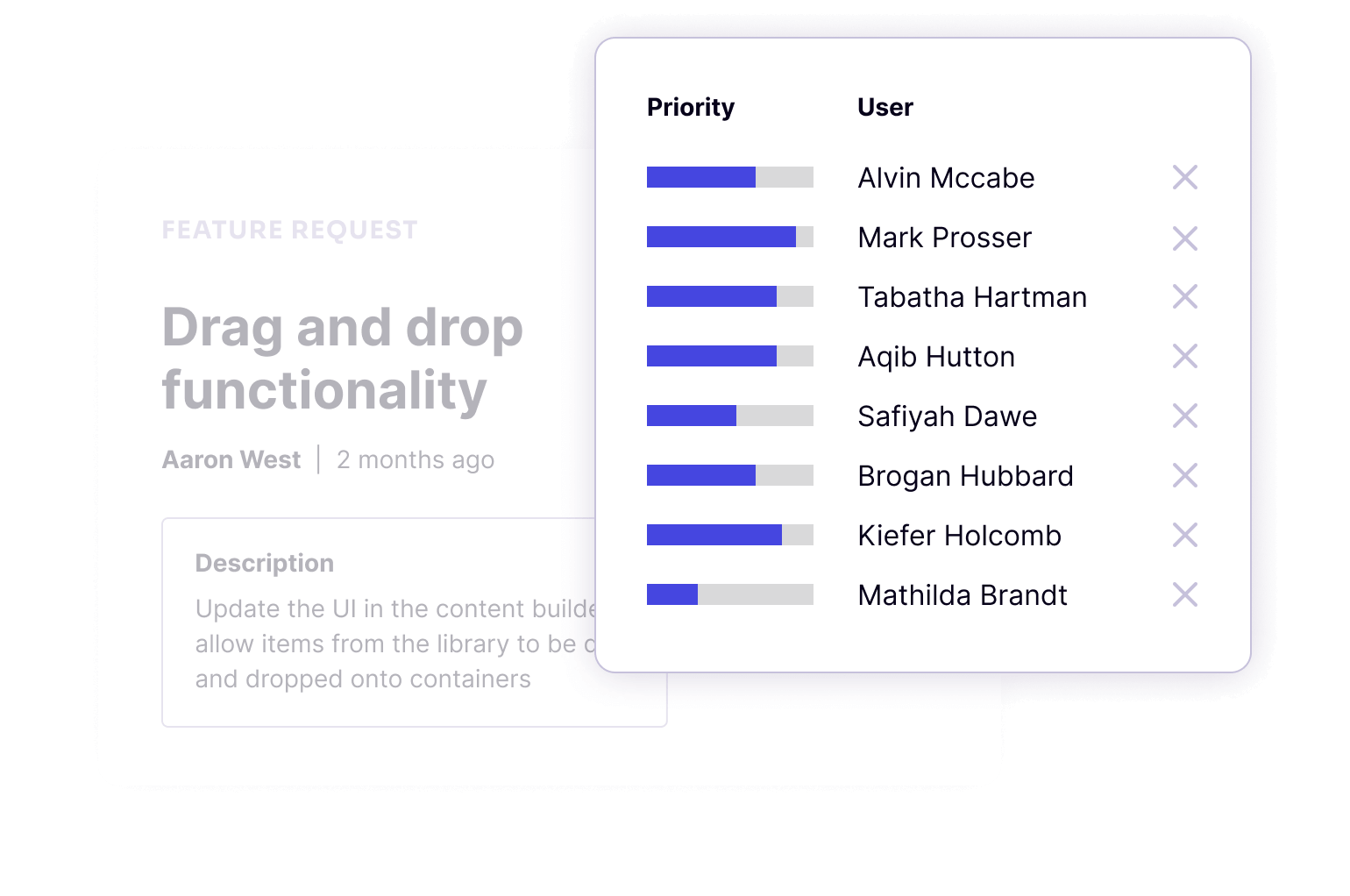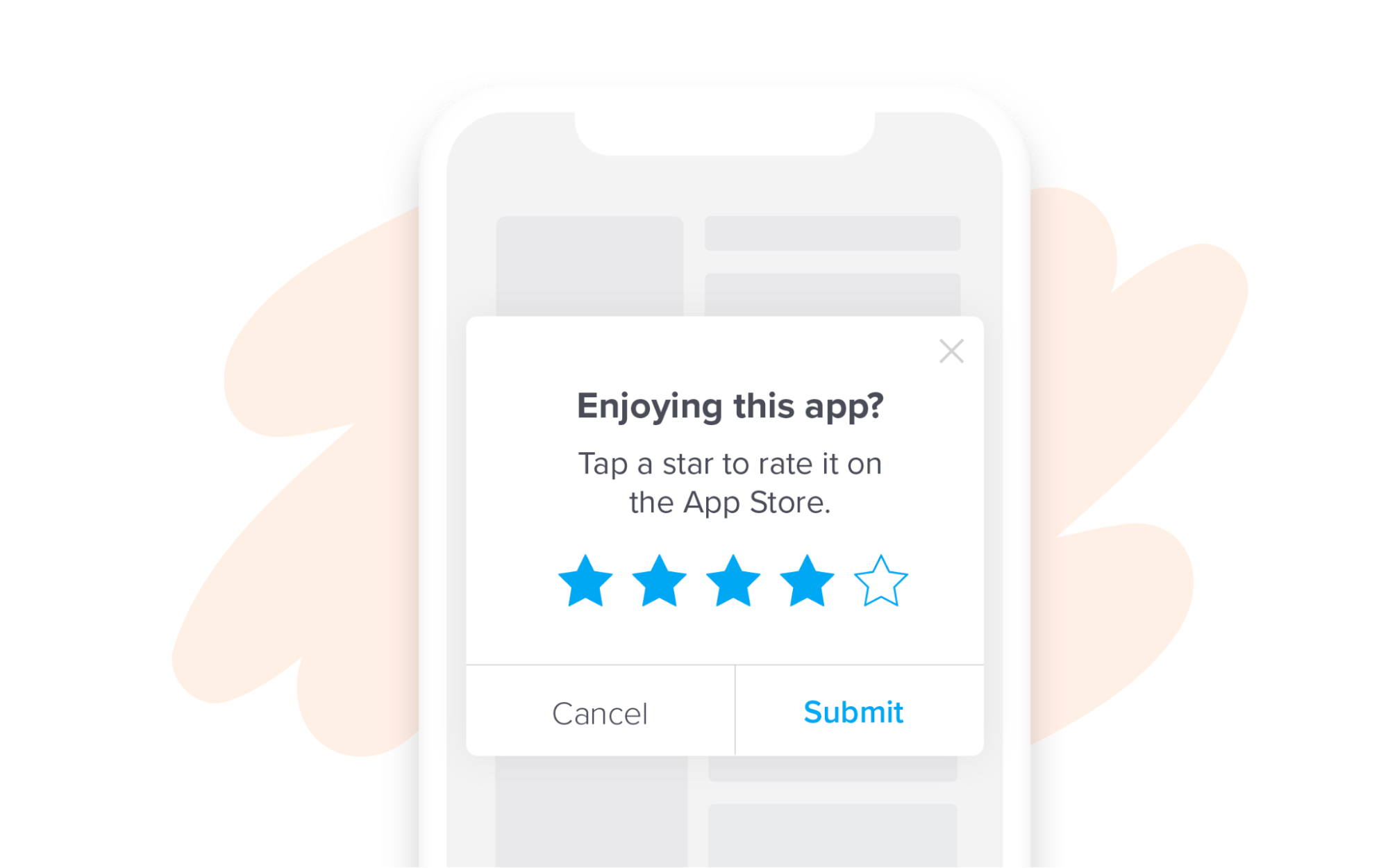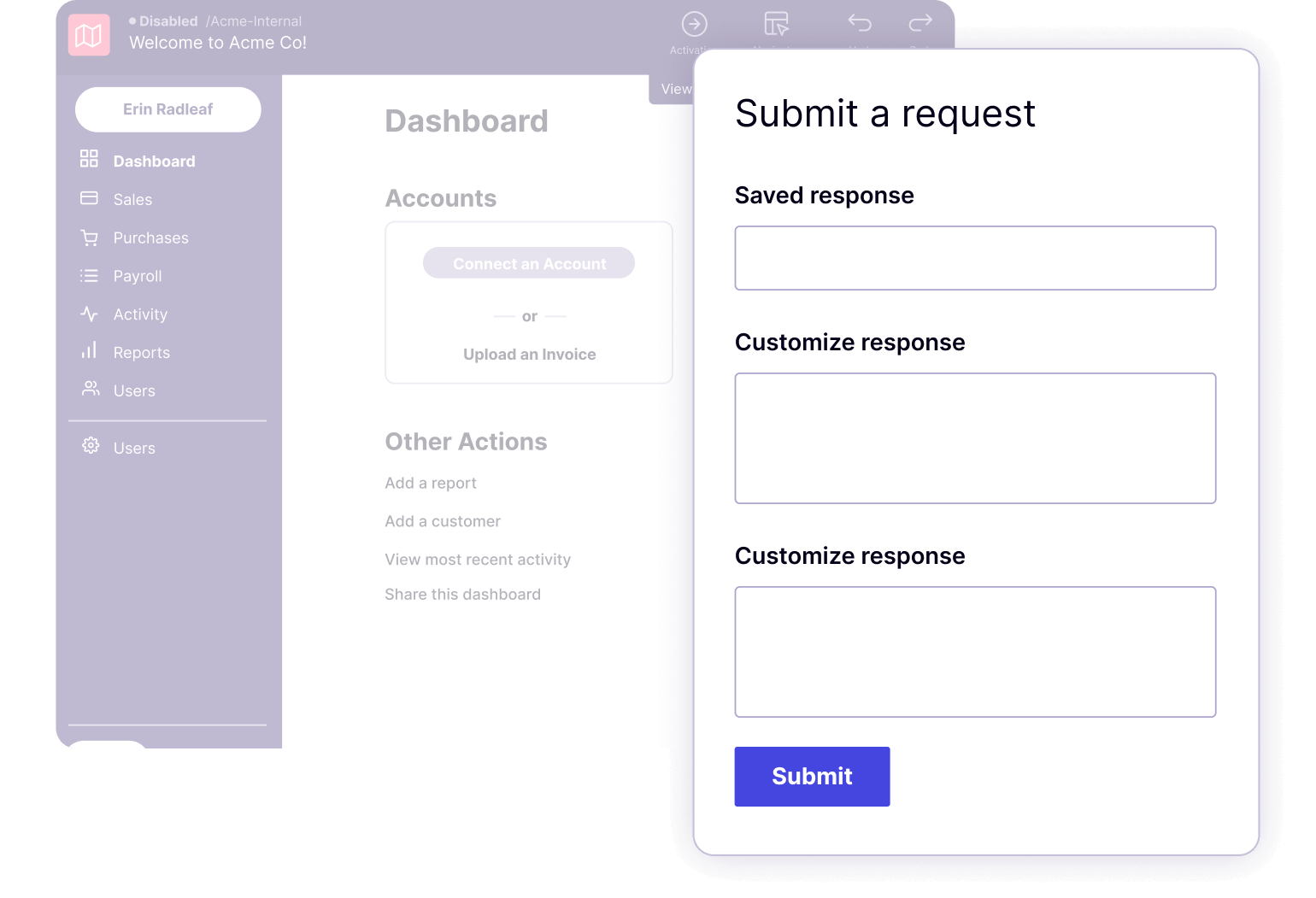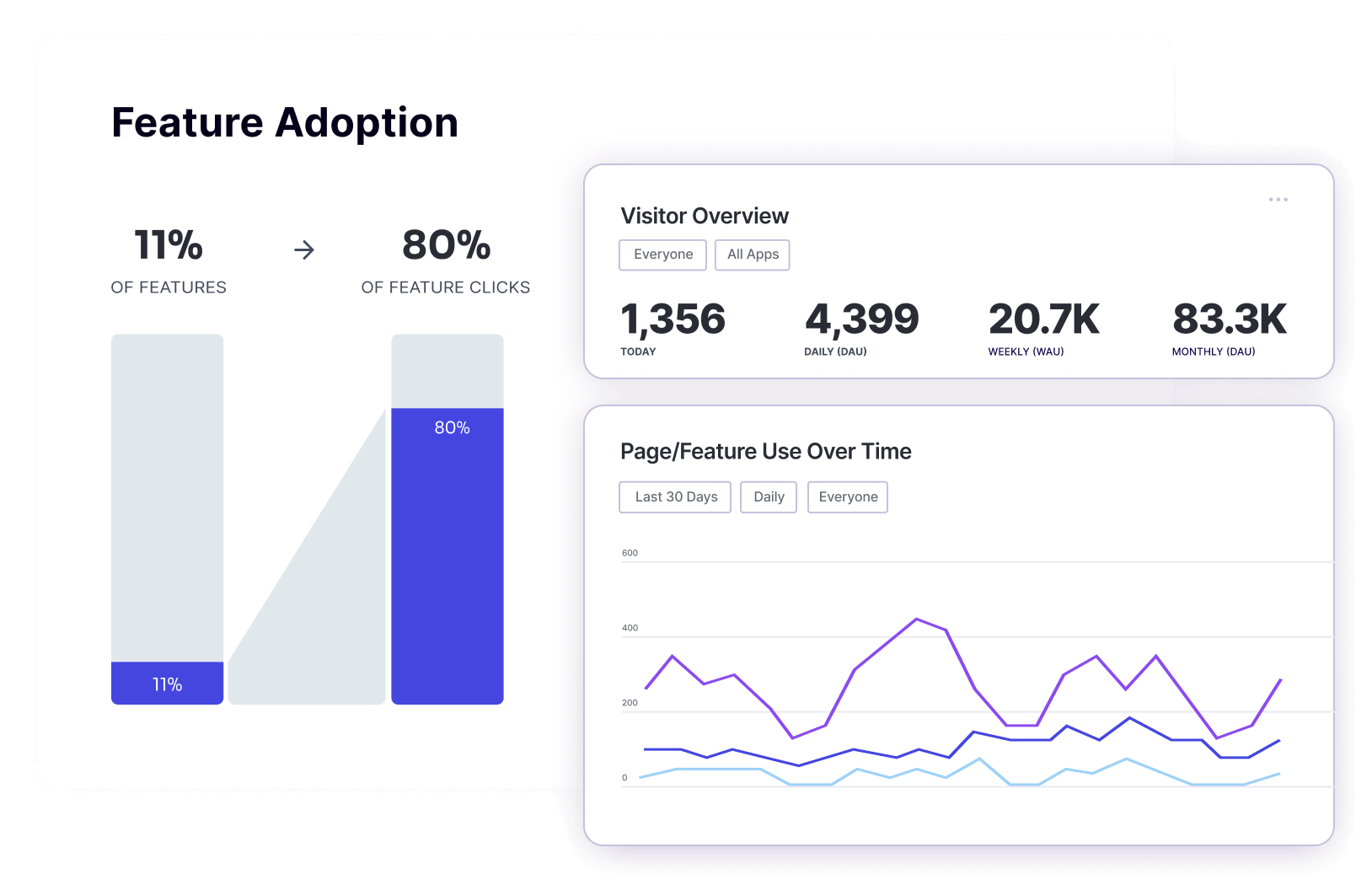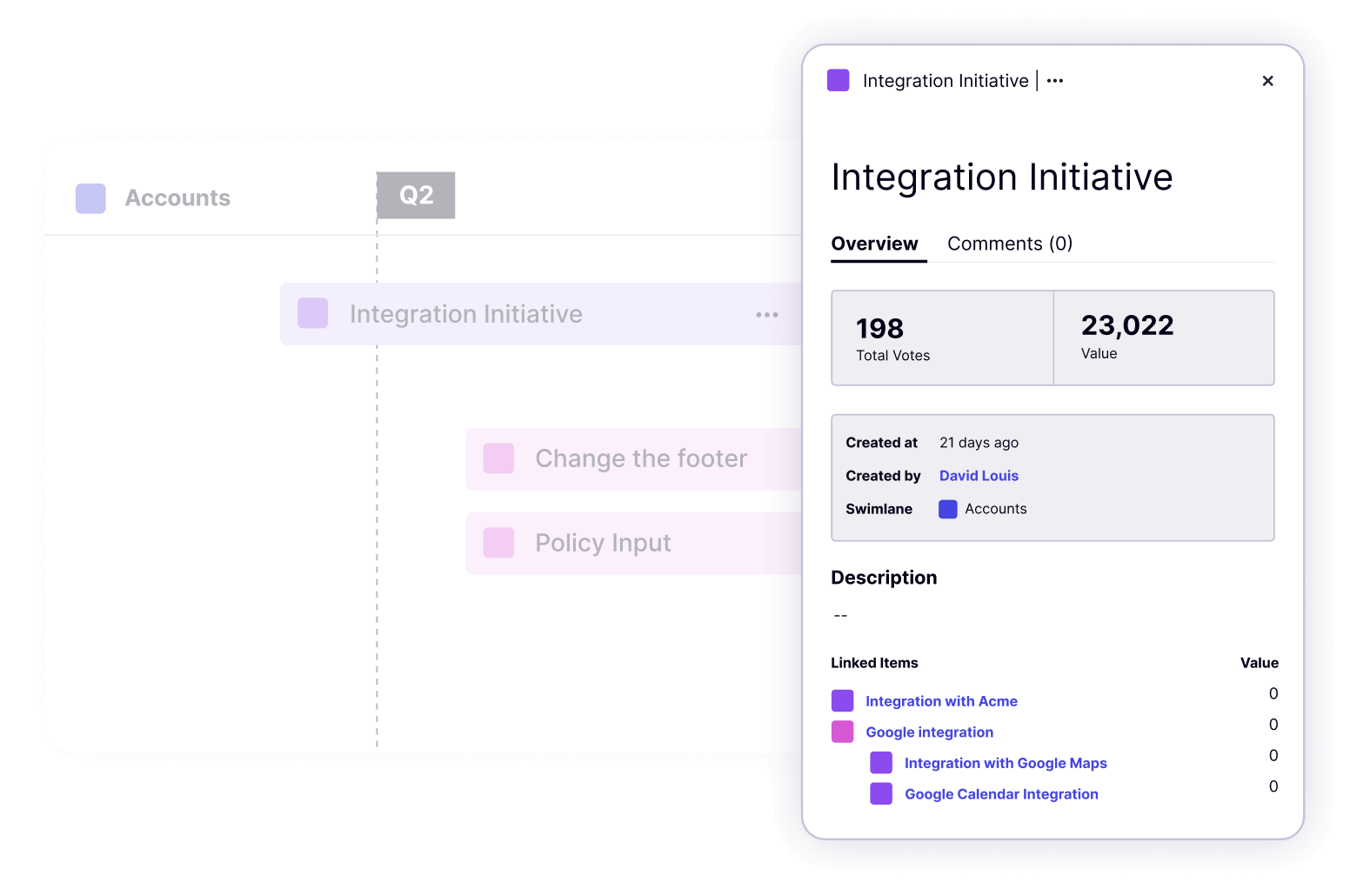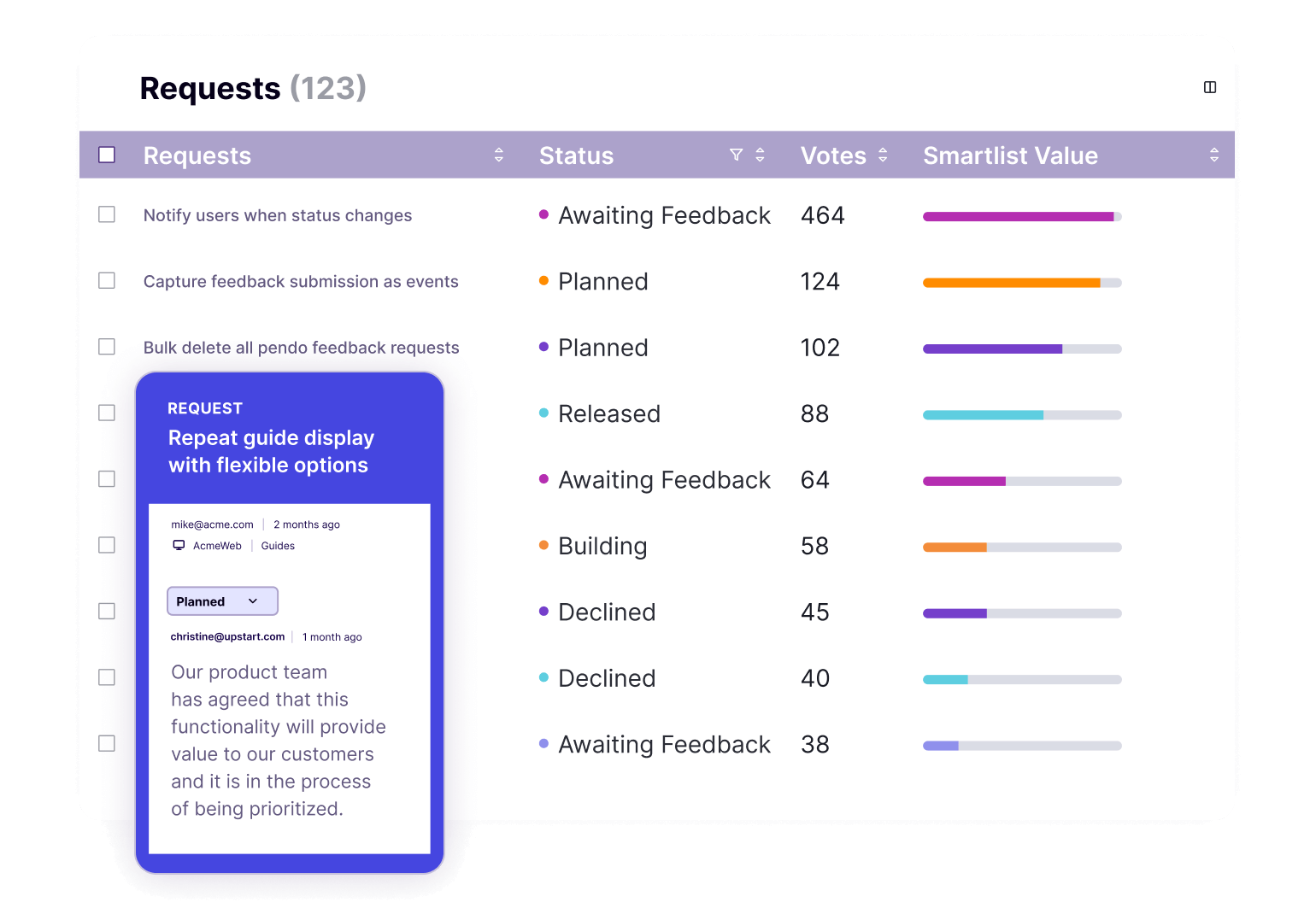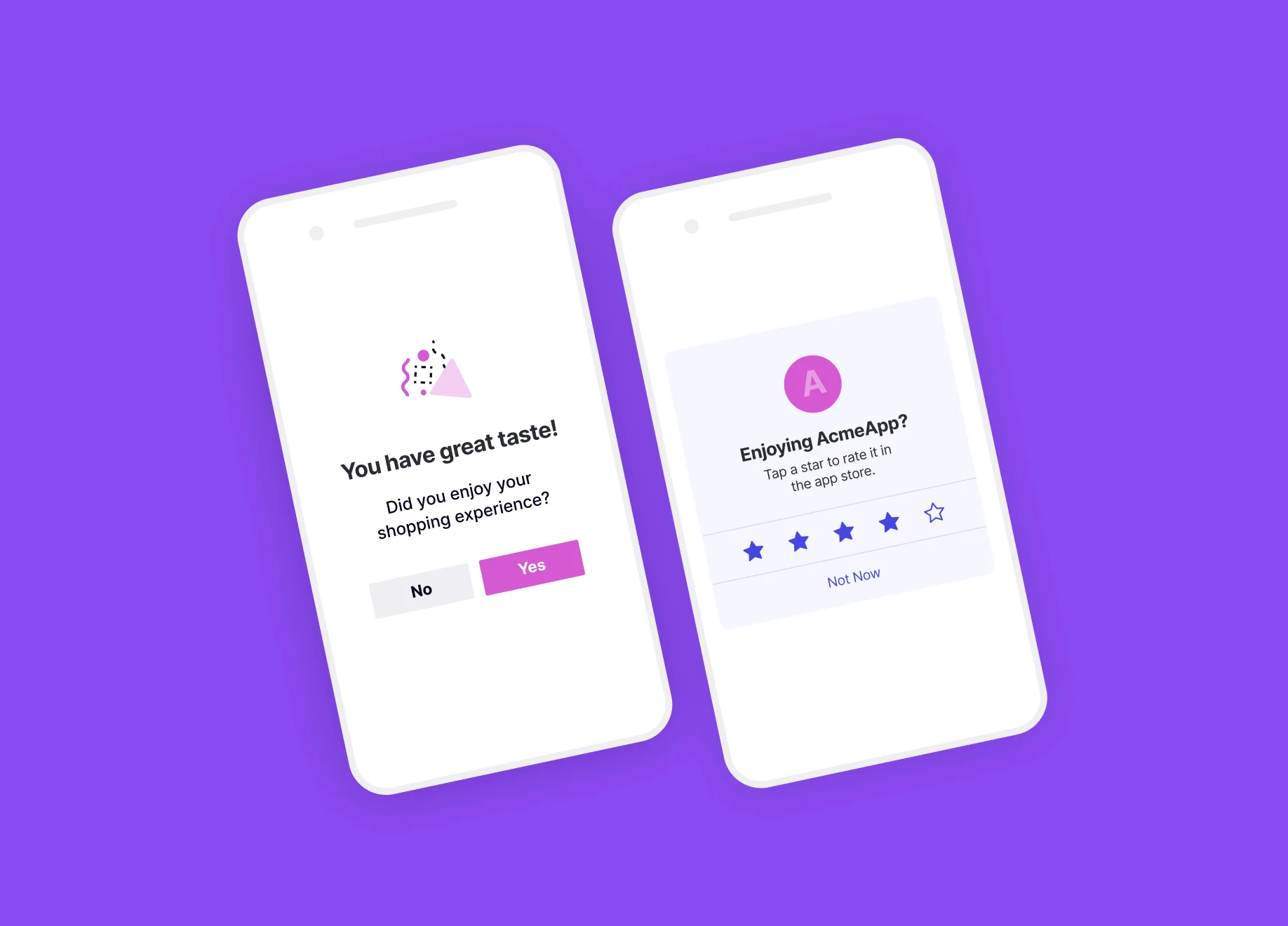
ANALYSE EN PROFONDEUR - 10 min de lecture
Retours client
Retour d'expérience client sur produit ou service
Aller plus loin
Table des matières
En quoi consistent les retours client ?
Customer feedback is information provided by customers about their experience with a product or service. Its purpose is to reveal their level of satisfaction and help product, customer success, and marketing teams understand where there is room for improvement. Companies can collect customer feedback proactively by polling and surveying customers, interviewing them, or by asking for reviews. Teams can also passively collect feedback by providing users a place in the product where they can share comments, complaints, or compliments.
Vidéo de présentation des retours des clients et de leur finalité
Without customer feedback, a company will never know if customers are getting value out of their product. Without knowing if they’re getting value, the product and go-to-market teams won’t know if they’re nurturing loyal customers (not to mention be able to measure customer retention and customer health). And without loyal customers, well…
Selon Gartner, « les entreprises qui proposent des expériences marquantes bénéficient d'une influence toute particulière sur la fidélité à long terme de leurs clients et en reflètent les véritables moteurs. » Mais comment savoir quelles expériences ont eu du succès ? Grâce aux retours client.
Quelles sont les bonnes pratiques concernant la collecte des retours client ?
Avant de commencer à recueillir le feedback de vos clients, il est important d'établir des processus et des accords de niveau de service clairs. Par exemple, vous devez déterminer où les retours seront stockés, décider qui sera responsable de leur gestion, développer des workflows relatifs à leur tri et définir des attentes claires avec les clients afin qu'ils sachent comment leurs commentaires seront utilisés.
Les conseils suivants peuvent vous aider à vous lancer, particulièrement si vous établissez un programme de feedback client pour la première fois.
Rassemblez les retours en un seul et même endroit
If your customer feedback data is spread throughout multiple platforms and places (e.g. spreadsheets managed by disparate teams, content management systems, etc.), there’s no easy way to spot trends or identify themes. You’re also far more likely to feel overwhelmed by (and therefore never use) the feedback you’ve collected—leaving it to get lost in a dreaded black hole of unaddressed feedback.
The tools or systems you decide to use to manage and synthesize all your customer feedback data will largely depend on your organization’s overall goals and stakeholders, the size and scope of your team, and how you plan to use—and close the loop on—feedback submitted by customers. Ask yourself what you really need your centralized feedback hub to do: Are you a small organization that could get by with a spreadsheet or Trello board as you get started? Or would a more comprehensive system like Pendo Feedback allow you to scale and sustain your efforts?
Si centraliser l'ensemble de votre feedback client est essentiel afin d'identifier les tendances et les thèmes, c'est également extrêmement utile pour collecter des demandes ponctuelles ou inhabituelles. Documenter ces axes d'amélioration moins connus vous aide à surveiller l'arrivée de retours similaires et peut devenir une source d'inspiration non négligeable dont votre équipe produit n'aurait peut-être pas tenu compte dans d'autres circonstances.
Convenez d'un processus de gestion des retours
Recueillir et exploiter les retours client est rarement l'affaire d'une seule équipe. C'est particulièrement vrai dans les grandes entreprises, où le feedback provient d'innombrables sources et est manipulé par de nombreux services. Il est donc important de mettre en place un processus clair de gestion et de partage des retours, dans l'idée d'assurer une veille constante et régulière des avis entrants, dans tous les services de l'entreprise. C'est également une bonne occasion de réfléchir à la façon dont vous partagerez les informations pertinentes avec les différentes équipes de l'entreprise.
For example, as the frontline of your business, customer success managers (CSMs) are privy to requests and feedback from customers that your technical teams (who likely don’t get much face time with customers) aren’t. Your CSMs can help your product and engineering teams understand whether a specific feature request is truly urgent and far-reaching—causing numerous accounts to become at-risk—or if it’s a cosmetic request that isn’t actually mission-critical. Creating a clear strategy for how these kinds of findings will be disseminated across the business is critical for avoiding the dreaded feedback black hole.
Il est également important de mettre en place des réunions fréquentes avec toutes les équipes qui reçoivent et manipulent les données liées à vos retours client. Faire en sorte que ces collaborateurs soient tous en phase sur les tendances en matière de feedback (et sur les initiatives à intégrer à la feuille de route produit en conséquence) permet aux parties prenantes de prendre des décisions mieux informées concernant les produits et d'avoir des échanges plus productifs.
Rédigez une politique de retours sur les produits et partagez-la
A product feedback policy is a critical—but often overlooked—element of any good Voice of the customer (VoC) or customer feedback program. It ensures that everyone (both internal team members and customers alike) understands how they can submit feedback, why their feedback matters, and how their feedback will be managed and used. Setting these clear expectations up front goes a long way towards creating accountability, mitigating potential confusion or frustration, and building trust.
If you’d like to create your own product feedback policy, try starting with this template and reviewing Pendo’s take on product feedback.
Découvrez comment les équipes de réussite client peuvent exploiter les retours des clients.
Quelle est la meilleure façon de recueillir les retours client ?
The best way to collect feedback is to meet your customers where they are: inside your product. Capturing feedback and requests directly inside your app results in higher response rates and engagement (since customers don’t need to take any extra steps to get to an external feedback submission page or portal), and better quality feedback (since they’re responding within the context of the product, as they’re experiencing it. There are several ways you can use Pendo to capture both quantitative and qualitative customer feedback, in-app.
1. Sondages et études in-app
With Pendo, you can collect both quantitative survey and poll data (e.g. Net Promoter Score (NPS) surveys, Customer Satisfaction (CSAT) surveys, or app store ratings) and rich qualitative responses or requests—or even better yet, a combination of the two.
In addition to higher response rates, the ability to keep an ongoing and consistent pulse on customer sentiment, and better quality experience insights, gathering this data inside your product enables you to control the timing and cadence of your surveys and polls. For example, if you’d like a customer to submit an app store rating, ideally, you should try to ask them about their experiences following a positive interaction with your product. Using Pendo, you can define the right behavioral triggers so that your customer is only served the survey after they successfully complete a workflow—rather than via an email or other external channel you can’t orchestrate.
2. Centre de ressources
The best VoC programs capture both active and passive customer feedback. Passive customer feedback allows customers to submit their thoughts and requests whenever it’s most convenient for them. Not only does this self-service model allow customers to control when and how they share feedback, but it also allows you to keep an ongoing pulse on requests and to gather input about the product or customer experience you may not have considered or previously included in other, more targeted feedback collection programs.
A Resource Center is a great way to give customers an always-available avenue for submitting feedback (or staying abreast on product updates, revisiting onboarding guides, and easily accessing other useful support resources), directly within the context of your product or app. Adding Pendo Feedback to the Resource Center also allows customers to vote for and view in-app requests, helping to close the feedback loop and keeping users in the know about what’s coming next.
Comment améliorer ma stratégie de gestion des retour clients ?
- Make it timely: Emailing a survey to a user may be asking more than they’re willing to give, especially because reading the email pulls them out of the product. Instead, survey them in-app so they receive the question while they are using the product. In-app surveys yield more accurate feedback and typically have higher response rates.
- Simplifiez-leur la tâche : les clients devraient pouvoir donner leur avis de manière transparente. Qu'est-ce que cela signifie ? Si votre formulaire de contact n'est pas facilement accessible, les clients qui souhaitent donner leur avis auront du mal à fournir aux équipes produit et marketing les informations qu'elles souhaitent recueillir. D'autant plus que les questionnaires occasionnels ne suffisent pas. Les équipes chargées du feedback doivent faire en sorte que leurs outils de sondage soient aussi simples que possible et accessibles à tout moment par l'ensemble des clients.
- Make it smart: Customers should be able to rank their feedback priority—let them share what is most pressing for them, so that product, marketing, and customer success teams can better prioritize their actions. The product team should also be able to search and segment feedback data to better understand any patterns. At Black Diamond, the team sorts feedback by client type and revenue to see if similar accounts are having comparable issues, and then prioritizes accordingly.
- Bouclez la boucle : bien souvent, les entreprises recueillent des avis mais ne s'en servent pas ou ne prennent pas les mesures nécessaires pour y répondre. Déterminez clairement la vision et la procédure à adopter par votre entreprise avant de demander l'avis de vos clients. Assurez-vous également de disposer d'un outil pour recueillir, hiérarchiser et gérer leurs retours.
Exploiter le feedback client
Vous avez créé une stratégie de collecte de feedback puis consolidé toutes vos données, et vous recueillez désormais activement les avis de vos clients. Et maintenant ? Les stratégies d'utilisation des retours varient d'une entreprise à l'autre, en fonction des objectifs, des business models et de la structure des équipes, mais doivent généralement suivre ces principes.
1. Associez données qualitatives et quantitatives
While product teams of the past have historically relied on anecdotal feedback and gut instinct, that no longer cuts it today. To build the best products possible, companies need data that paints a complete picture of the customer experience. With Pendo, you can bring your product analytics and usage data together with incoming feedback from users—so you can not only see how users are engaging with your product, but also understand what they think about that experience and why they’re using it that way.
Pairing qualitative feedback with quantitative data (like product usage and user metadata) is easy in Pendo. For example, when you view requests, you can also see contextual data about your customers at the user or account level (e.g. if they’re a free user vs. paying customer, how active they are in the application, etc.).
2. Définissez l'urgence et quantifiez l'impact
Once you’ve started to identify and group themes in your feedback data (for example, through NPS Insights and synthesis), it’s important to understand the urgency of each request—and its associated value. This will help ensure that your product and development teams are focused on the right initiatives or features that will drive desired outcomes for the business—not just requests coming from the loudest voices in the room—while satisfying your most important or valuable accounts. In Pendo, you can sort requests by account value or number of votes to better identify which areas prioritize and focus on.
3. Connectez les données à votre feuille de route
For product teams in particular, the roadmap is your North Star: The future state you’re working towards and the strategic direction you’re steering your product (and by extension, the company) in. Product analytics and customer feedback have an equally important role to play when it comes to informing your roadmap. And without them, you run the risk of devolving your roadmap into a reactive punch list of features—rather than an anchor of your company’s long-term strategy.
Using customer feedback to inform your roadmap is crucial for prioritizing engineering time, making the case for additional resources, and validating items already on your roadmap. This insight is also critical for understanding which products or features are underutilized or aren’t adding value for your customers (and why they feel that way)—so you can make more informed decisions about where you should continue to invest your time and energy.
4. Bouclez la boucle
Even if your organization decides not to pursue a feature or request submitted by a customer, it’s critical to close the loop. Customers will quickly lose trust in your brand if they regularly share their thoughts but never hear back from you—regardless of whether you’ve decided to act on their feedback or not. With Pendo Feedback, you can easily automate this process and send a short message to your users whenever the status of their request changes.
And regardless of whether you’re managing your feedback in spreadsheets or in a scalable system like Pendo, a Product Feedback Policy is one of the best and most efficient ways to set clear expectations with your customers from the start. This policy sets clear standards that tell them exactly what to expect once they hit “submit” on their feedback—including when they might hear from you, how you plan to manage and use their feedback, and the benefits of sharing their input.
Vous aimerez peut-être aussi

5 principes directeurs pour la collecte des retours des clients
Comment utiliser Pendo Feedback pour se développer efficacement et avoir un impact ?

